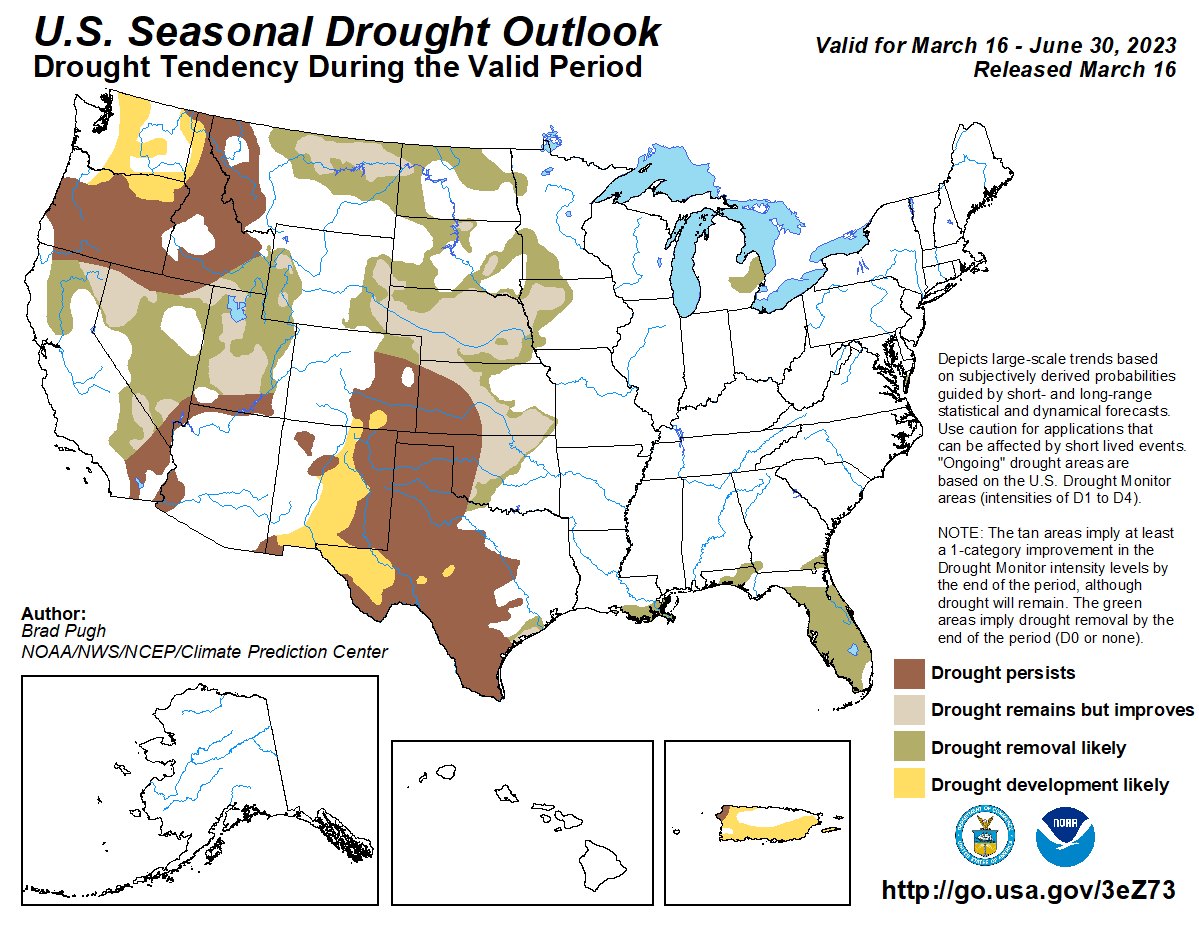Floods and droughts are not opposites and can occur simultaneously. This occurs often in California and is especially well-illustrated this year.
Floods, droughts, and water scarcity are different. Floods are too much water at a place and time, and we would often pay to reduce the water present at that location and moment. Droughts and water scarcity represent too little water at a place and time, meaning we would often pay to increase its availability. We highlight these differences because people tend to view such conditions through an unrealistic zero-sum lens. This essay uses this year’s experience to examine how floods, drought, and water scarcity differ, can occur in the same year, and how droughts might end, but leave legacies.
This California drought is largely over. Even though there is another month left in California’s wet season, the 2020-2022 California drought is largely over. Precipitation in all major basins of California exceeds averages for the entire water year. Snowpacks are well above April 1 averages (usually about the maximum for the year). Most reservoirs have more than average volumes stored for this time of year, and many are in flood operations. Only a few very large reservoirs (relative to their average inflows) remain below historical averages (such as Trinity at 50% and New Melones at 90% of their averages).



